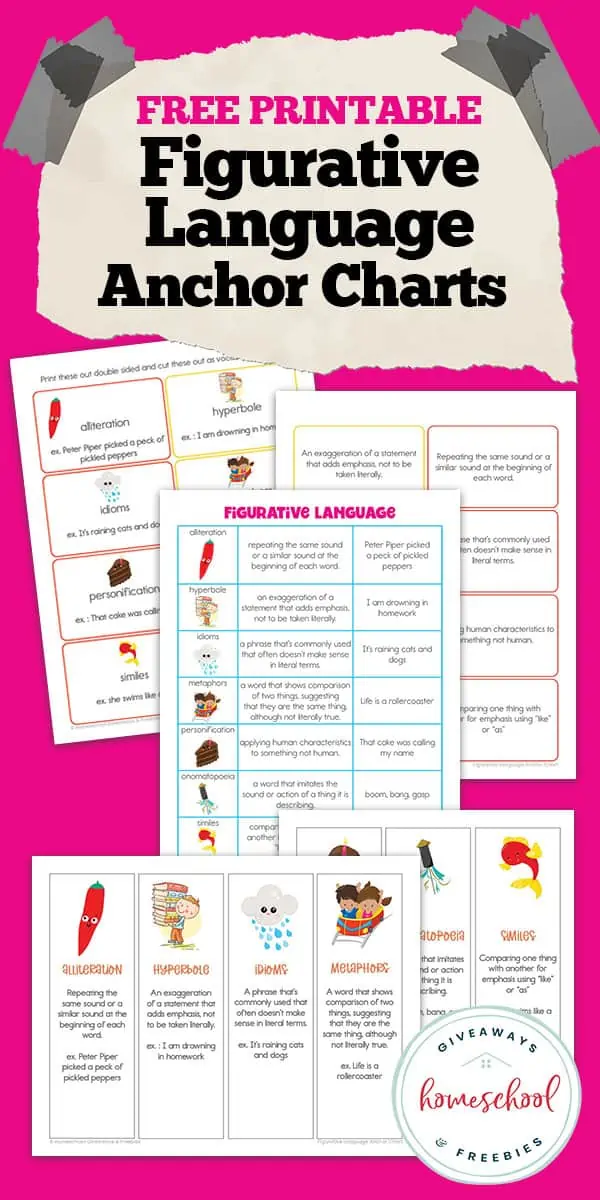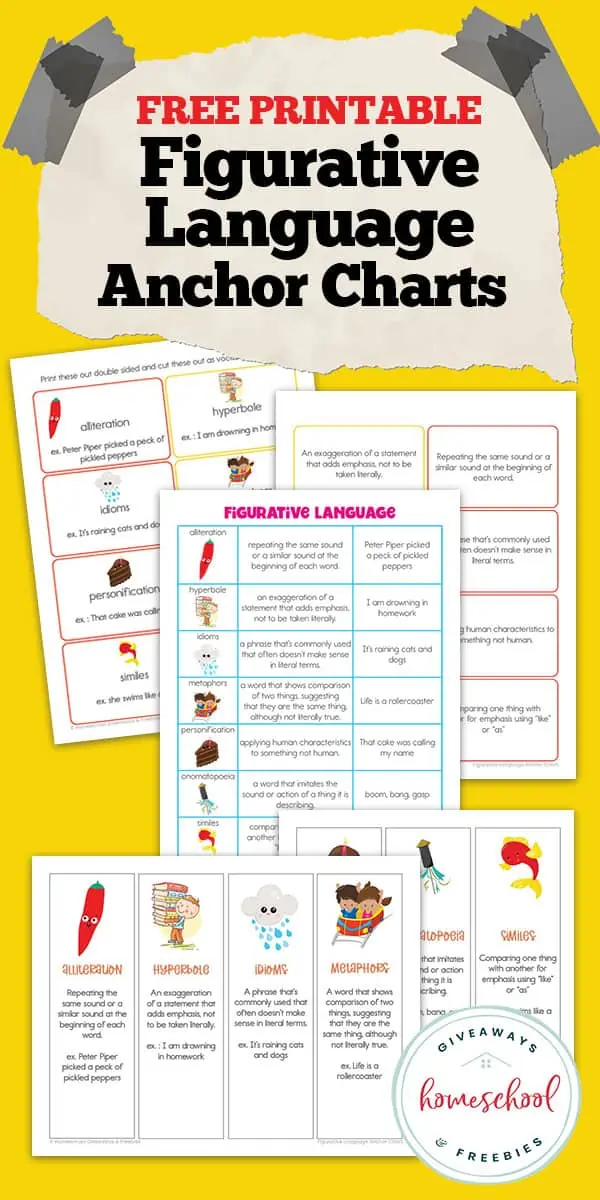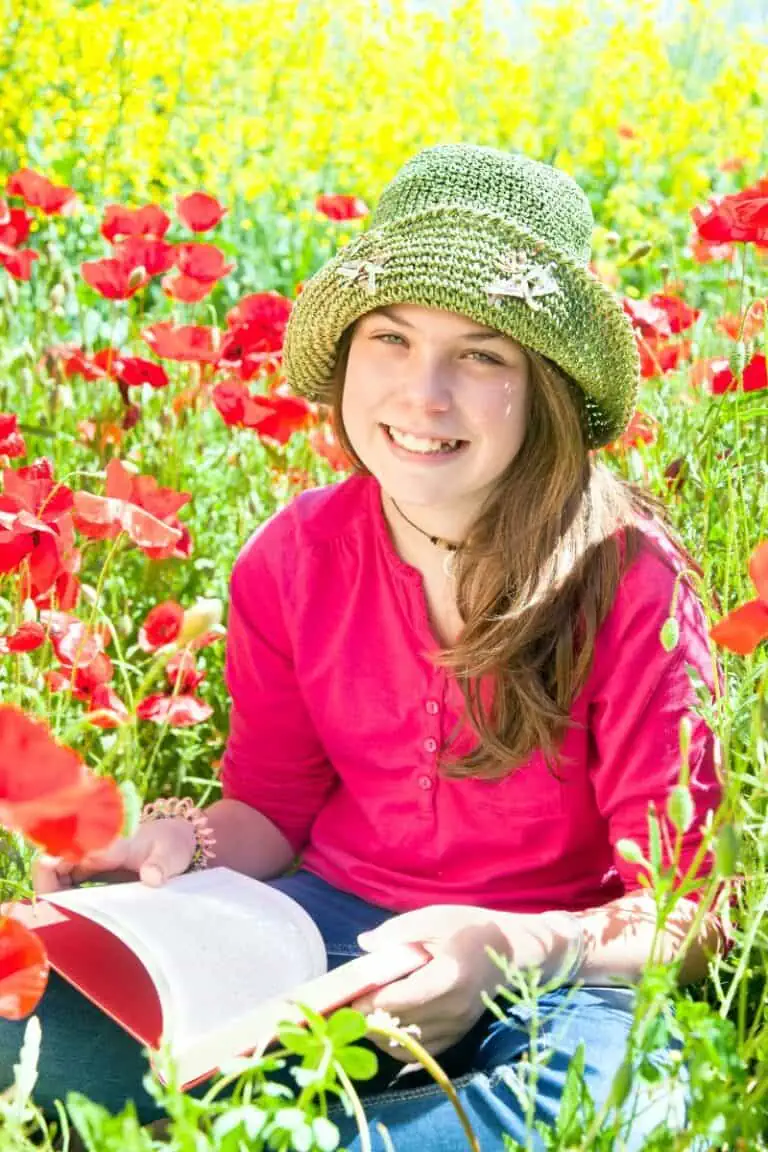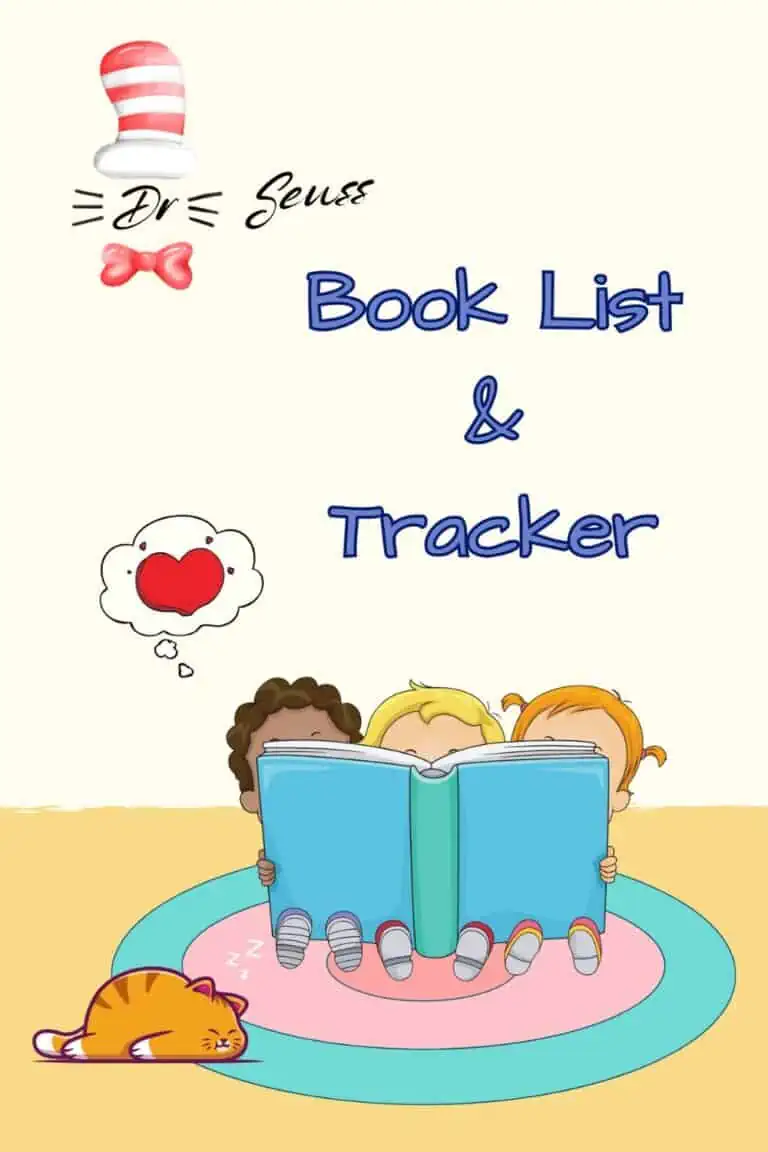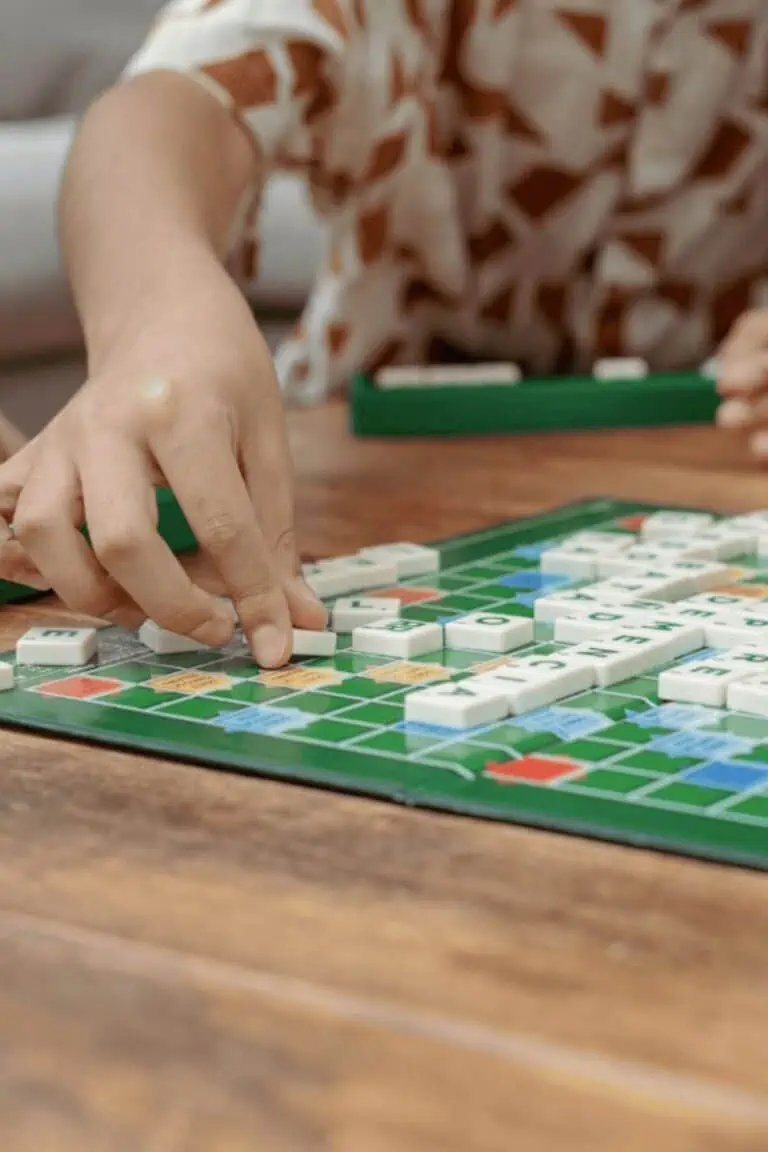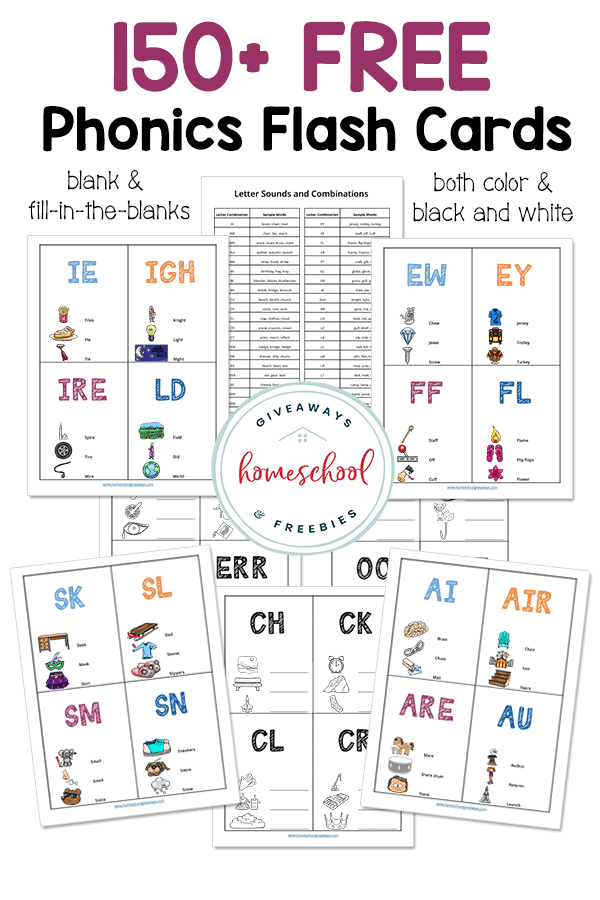Free Printable Figurative Language Anchor Charts
Published:
April 30, 2015

Contributor:
Carrie
Disclosure: This post may contain affiliate links, meaning if you decide to make a purchase via my links, I may earn a commission at no additional cost to you. See my disclosure for more info.
Are you teaching your children about figurative language? A figurative language anchor chart is a great resource to use to teach young students about the different types of figurative language.
Figurative Language Anchor Chart
A figurative language anchor chart can be a great addition to teaching your kids figurative language skills. We have put together a simple chart for you to use with your children that can also be used for bulletin board ideas and English Language Arts lesson plans.
Each poster card has a definition and an illustrated example. The most common types of figurative language that is covered in this pdf download are: alliteration, hyperbole, idioms, metaphors personification, onomatopoeia, and similes.
Scroll to the bottom of this post to gain access to this excellent reference tool!
What is Figurative Language?
Figurative Language uses words that normally mean something different. The purpose of figurative language is be more effective in communicating your point, especially in writing. Often times figurative language is more impactful to the reader and can help them visualize the point you are trying to get across.
Figurative language substitutes the literal meanings of words and phrases with different figures of speech which can feel like contradictory terms at times. This can make understanding figurative language confusing to some children.
Figurative Language Doesn’t Use the Literal Meaning
When using figurative language, the words you use are not being literal, such as: “life is a rollercoaster.” Is life really a rollercoaster? No, but when you use that phrase people understand that you are referring to the ups and downs in life.
Amelia Bedelia and Figurative Language
Amelia Bedelia is a great example of someone who takes figurative language literally. If you have read these hilarious books with your children, you will know that she has misunderstood figurative language and idioms since she was a little girl.
A fun way to teach your children about figurative language is by reading these books aloud to your children. Every book has hilarious examples of her complete misunderstanding of the words that are presented to her.
As you read aloud, pause to identify and discuss the instances of figurative language that come up in the story. Encourage your kids to listen for words or phrases that don’t mean exactly what they say.
This interactive reading is a great way to engage your children and get them interested in learning about idioms and figurative language. They will catch on to the idioms pretty quickly and be able to call out the silly things that she is doing that are incorrect.
Our Favorite Amelia Bedelia Books
Classic Amelia Bedelia – This beautiful hard back version of the original Amelia Bedelia is a must have for your homeschool library. It includes behind-the-scenes sketches, photographs, and information about the beginnings of this iconic character, the author, the artist,
Amelia Bedelia Chapter Book Box Set – This is the first four books in the Amelia Bedelia chapter book series for girls. Your daughters will love seeing how literal Amelia Bedelia was even as a little girl.
I Can Read! Amelia Bedelia Box Set – This little suitcase includes five Level 2 classic Amelia Bedelia I Can Read books inside, perfect for kids who can read on their own but still need a little help. The books included are: Amelia Bedelia; Amelia Bedelia and the Surprise Shower; Come Back, Amelia Bedelia; Thank You, Amelia Bedelia; and Play Ball, Amelia Bedelia.
Different Types of Figurative Language
There are many different types of figurative language that can be used when speaking and writing. The following types of figurative language can be found on our anchor charts and are the most commonly taught in school.
hyperbole – an exaggeration of a statement that adds emphasis, not to be taken literally.
example of a hyperbole: I am drowning in homework.
idioms – a phrase that’s commonly used that often doesn’t make sense in literal terms.
example of an idiom: It’s raining cats and dogs (my favorite type of figurative language)
metaphors – a word that shows comparison of two things, suggesting that they are the same thing, although not literally true.
example of a metaphor: Life is a rollercoaster.
personification – applying human characteristics to something not human.
example of personification That cake was calling my name.
onomatopoeia – a word that imitates the sound or action of a thing it is describing.
example of onomatopoeia: boom, bang, gasp, buzz
similes – comparing one thing with another for emphasis using “like” or “as”
examples of similes: she swims like a fish; he runs like a horse, she is as sweet as pie
alliteration – is when the beginning of words in a sentence or phrase start with the same sound.
examples of alliteration: Peter Piper picked a peck of pickled peppers (tongue twisters)
For a fun time, ask your students to come up with their own examples for each definition.
Rhetorical Devices in Figurative Language
Rhetorical devices are techniques used to enhance communication and persuade an audience. Many rhetorical devices are intertwined with figurative language by creating imagery and rhythm.
Here is a list of rhetorical devices that can be found within figurative language and their rhetorical device examples:
assonance – repetition of vowel sounds in neighboring words
examples of assonance: The rain in Spain falls mainly on the plain.
consonance – repetition of consonant sounds within words.
examples of consonance: The ship has sailed to the far off shores.
irony – a literary device that is saying one thing while meaning the opposite.
examples of irony: a fire station burns down, a dentist gets a cavity
oxymoron – A combination of contradictory words used for effect.
examples of an oxymoron: jumbo shrimp, pretty ugly, clearly confused, bitter sweet
Figurative Language Anchor Chart PDF Download
This set of mini anchor charts includes a colorful chart that defines each word. It also shows an example and uses a fun graphic to represent each term. The first poster can be printed and laminated and put on your wall or a bulletin board.
These charts work great as figurative language posters to hang up in your school area. The student-friendly definition on each chart is a helpful tool for children to reference when they are doing their independent work.
Figurative Language Cards
Also included is a set of figurative language task cards for building vocabulary. One set includes all the info on the card. Another set includes cards with the name, associated graphic and example.
These figurative language cards can be used in the following ways: they would work great for for games, review time, and memory matching. Lastly, there are printable bookmarks with one vocabulary term per bookmark.
In Conclusion
If you are looking for a fun learning tool to help you teach the major types of figurative language, a set of anchor charts works great, especially for visual learners. You can print one off and add it to your collection of graphic organizers.
Anchor charts are terrific memory aids and make for an easy way to learn the elements of figurative language. When students use figurative language in their own writing, they can spice it up by the use of words to make it fun and exciting.

